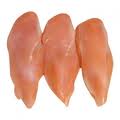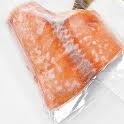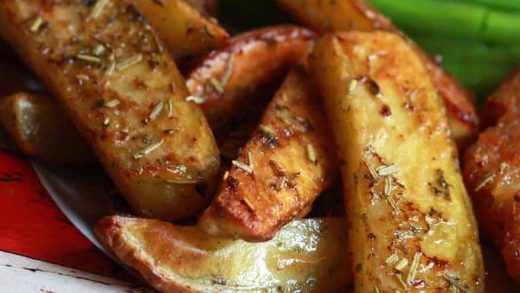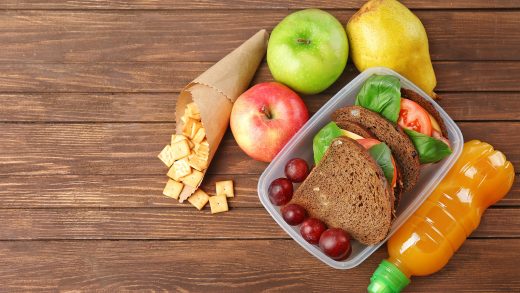
The freezer is one of The Bachelor’s Kitchen’s best friends. It enables you to have quality meat and vegetables at any time. It should not be filled with frozen dinners, although one or two for emergencies, carefully chosen, might not be a bad idea. But the following items are things you should try to keep stocked at all times. Buy these in quantity when on sale so you have some fresh meal ingredients available when times get lean.
Chicken breasts
These are often on sale but in packages of three pounds or more. While that’s way more than any bachelor needs, buying in this quantity when the price is low is a good deal. When you get home, or at most the next day, wipe them dry with paper towels and wrap each one in its own plastic wrap. Wrap them as tightly as you can. If you’re going to be keeping them in the freezer for more than a week or two, also wrap each one tightly in aluminum foil. Place all of them in a zip-topped freezer bag and then the bag into the freezer. All this wrapping may seem excessive, but it will prevent freezer burn from ruining the meat. Use this same process for just about anything that might be left in the freezer for a while.
Frozen Vegetables
We really like frozen vegetables. They are not much, if any, more expensive than fresh. They already are cut and trimmed, so you’re not buying the parts of the plants you don’t eat, like corn cobs and broccoli stalks. They are well-cleaned and ready to go into whatever dish you’re making. Do not eat thawed vegetables without thoroughly washing them. Some types of frozen vegetables will get mushy if thawed but not cooked. Avoid those in any kind of sauce or “ready-to-eat” additives. If unsure, just check the ingredients label.
If you want to make your own frozen vegetables, after cutting, cleaning, and trimming them into individual pieces, make sure they are completely dry and lay them out on a cookie sheet with a little space between each one. Put the sheet in the freezer so each piece of vegetable is individually frozen. This should take a few hours. Then put the pieces in a zip-topped plastic bag and back into the freezer.
Ground Beef
For American kitchens, this is a staple, although it’s not as cheap as it once was. Still it’s a versatile beef that can do a lot more than just hamburgers. A pound of ground beef, a little pasta and some tomatoes and you’ve got a quick meal. If you buy this in quantity, separate it into about one-pound chunks before wrapping and freezing each chunk in its own package. If you know you’ll want some hamburger patties, you can make them now and individually wrap and freeze them for quick dinners.
Fish Fillets
You don’t have to be stuck with child-like fish sticks or even breaded fish. You can buy fillets of tilapia, salmon, whitefish, and other mild, easy-to-cook fish in large bags, individually wrapped and frozen. Some people are afraid to cook fish, but it’s not as hard as you think. And there are people who had a bad fish experience in their past and think they don’t like it. But give it another shot, you might be surprised. Fish should never smell fishy. If you smell ammonia, it’s gone bad and should be thrown away. If you can, buy fresh fish just for the day you want it. But that’s hard to do if you live a long way from the coast, thus we have it on our Pantry Freezer Basics list.
You might wonder why I don’t list frozen fruit. It’s great for making smoothies or desserts, but not as just fruit. It gets too mushy after it thaws. Some cooks recommend the individually frozen method I mentioned above for vegetables, but I haven’t found it to work for all vegetables and most fruits. But it’s not a necessity unless you enjoy smoothies.






